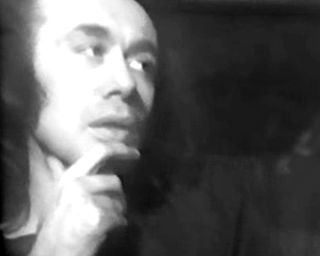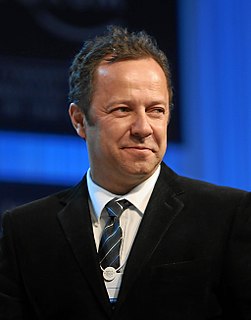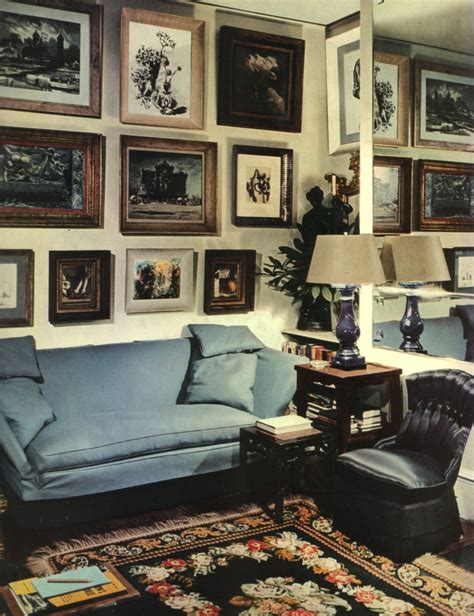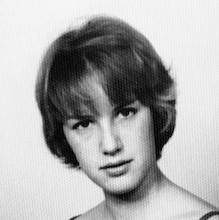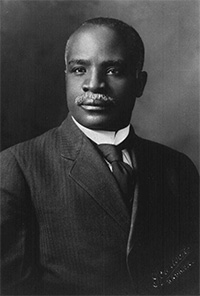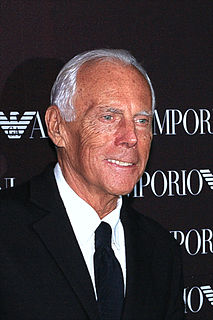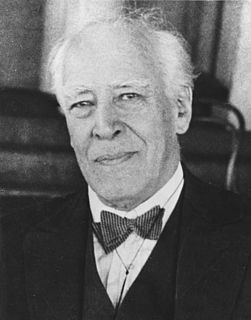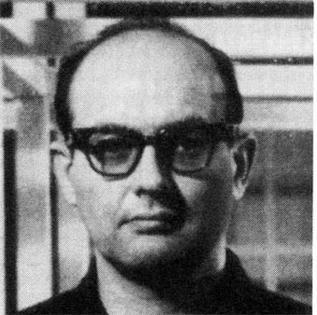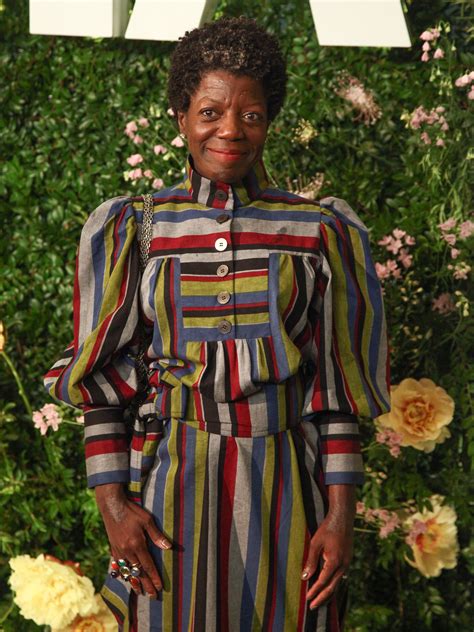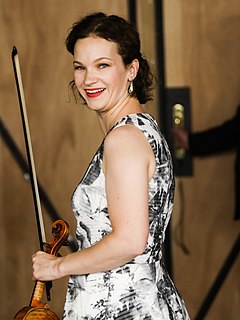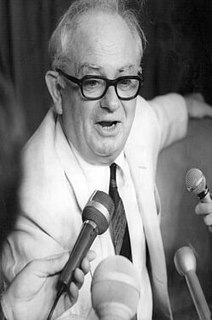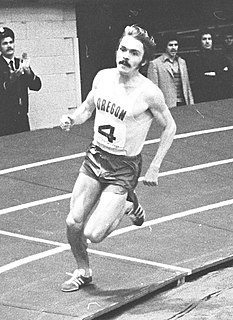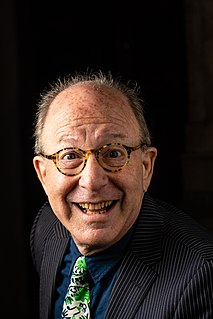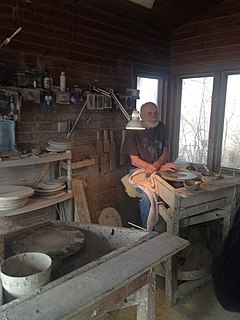A Quote by Kiki Smith
Source of inspiration. The MAK is a museum that has had a profound effect on me as an artist and art viewer.
Related Quotes
What I never wanted in art - and why I probably didn't belong in art - was that I never wanted viewers. I think the basic condition of art is the viewer: The viewer is here, the art is there. So the viewer is in a position of desire and frustration. There were those Do Not Touch signs in a museum that are saying that the art is more expensive than the people. But I wanted users and a habitat. I don't know if I would have used those words then, but I wanted inhabitants, participants. I wanted an interaction.
The main difference between the art of the actor and all other arts is that every other [non-performing] artist may create whenever he is in the mood of inspiration. But the artist of the stage must be the master of his own inspiration, and must know how to call it forth at the hour announced on the posters of the theatre. This is the chief secret of our art.
Obviously, something like ballet, you have music, you dance with the music and it's a very direct connection. With visual art, when there's no music that accompanies the art, such as great masterworks in a museum, you wind up interpreting what the artist is doing, how the artist made that work and what they're conveying.
The place has had a super-conflicted relationship to its mission. In 1956, it opened as the Museum of Contemporary Crafts. Then in 1986 it had a midlife crisis and changed its name to the American Craft Museum. Then in 2002 the name changed again, this time to the Museum of Arts and Design. Maybe in 2025 the place will be called the Designatorium. The big problem with a museum of craft and design is that all art has craft and design.

